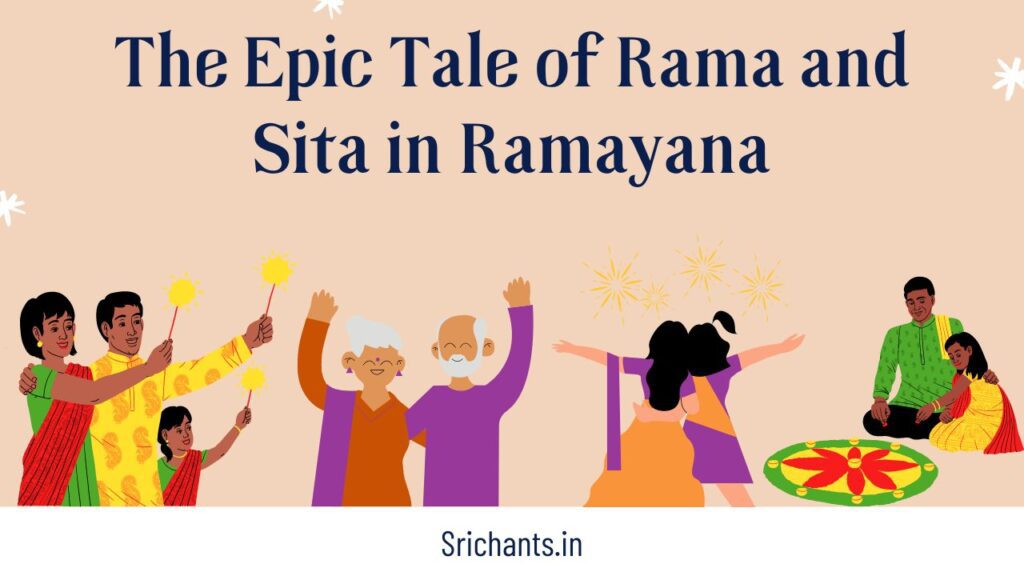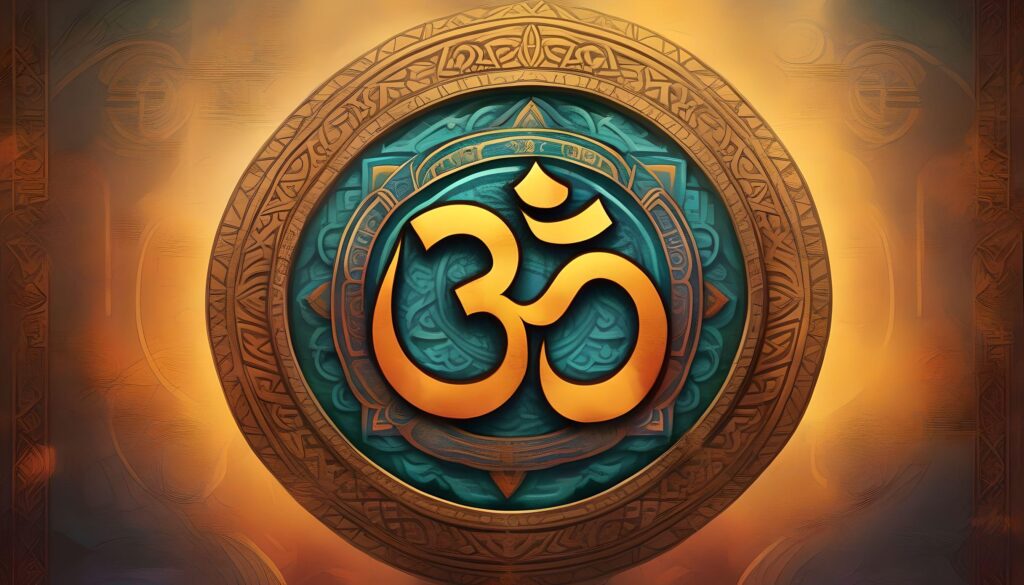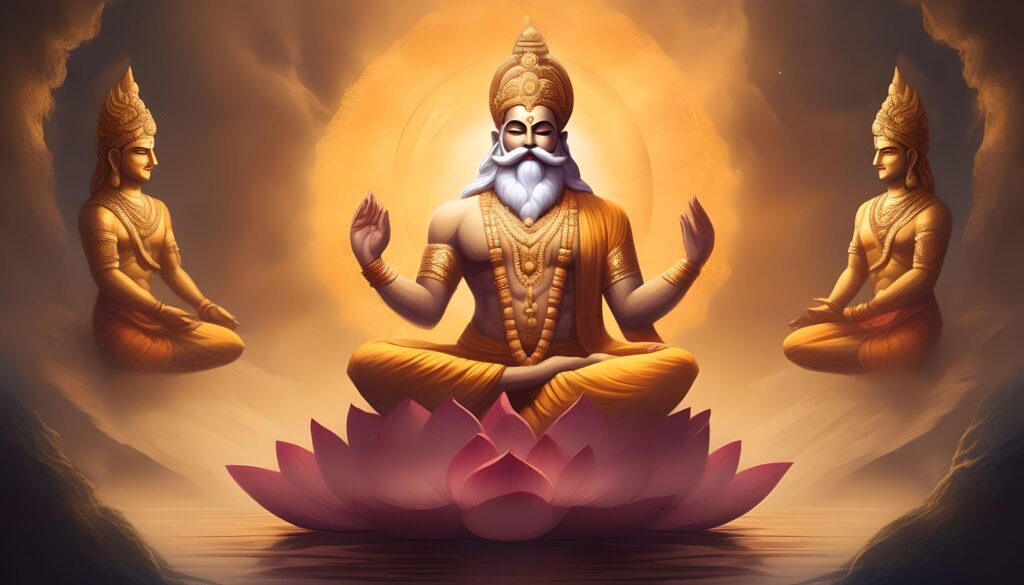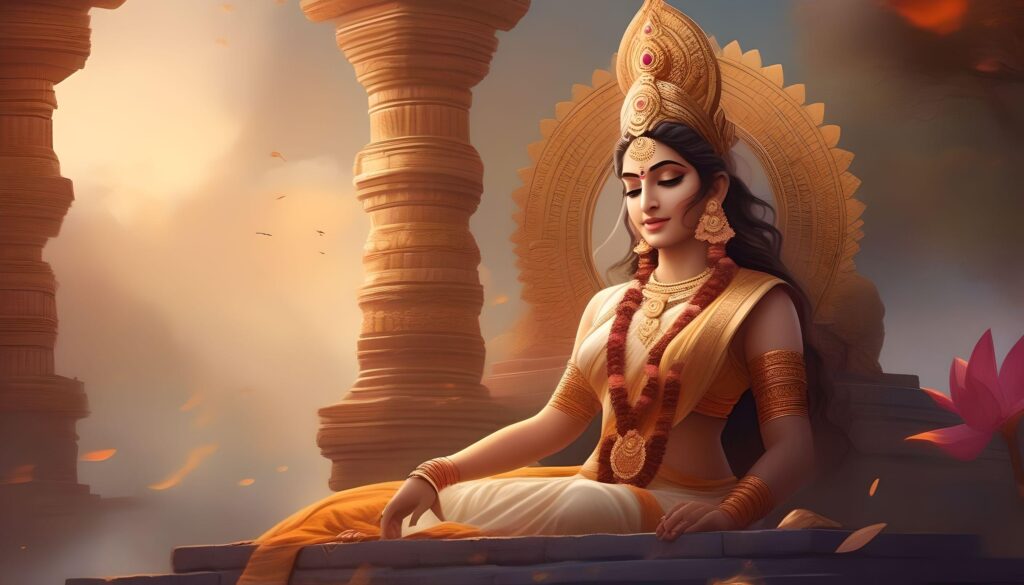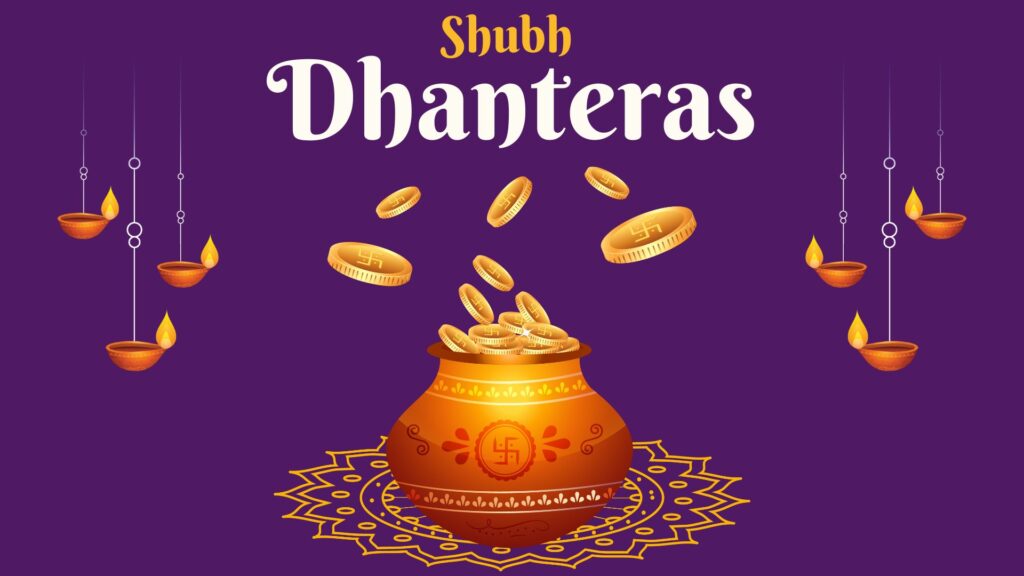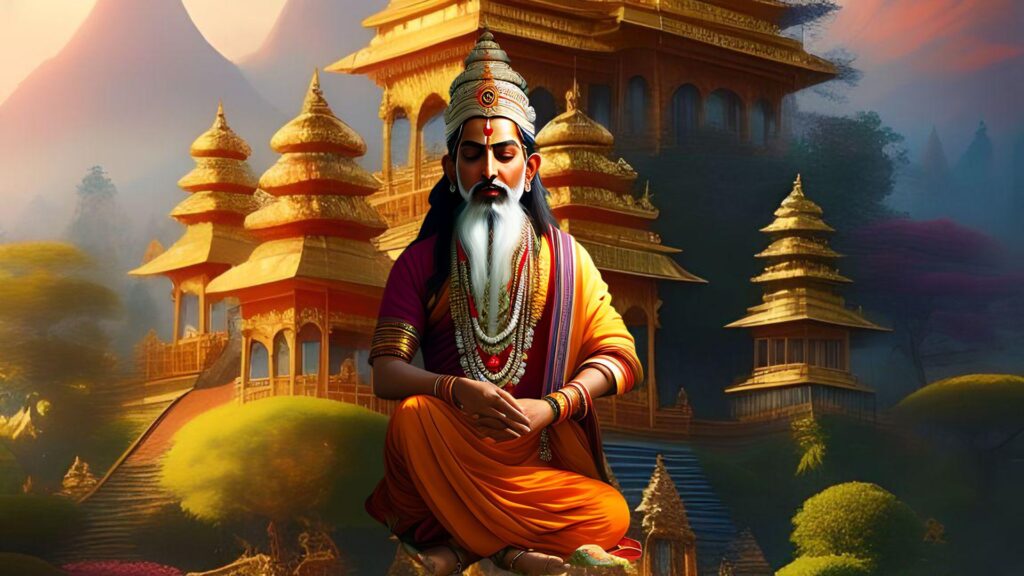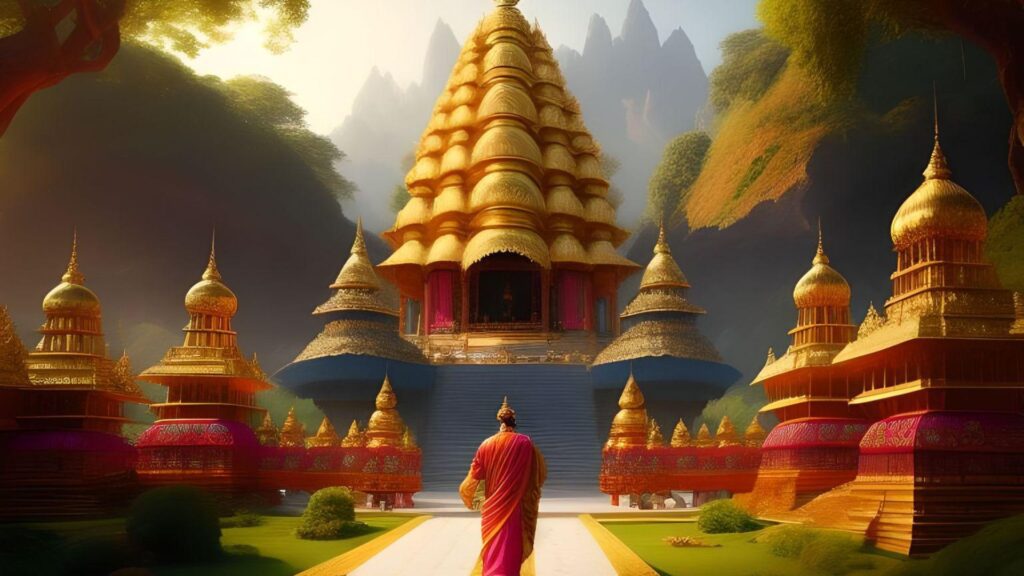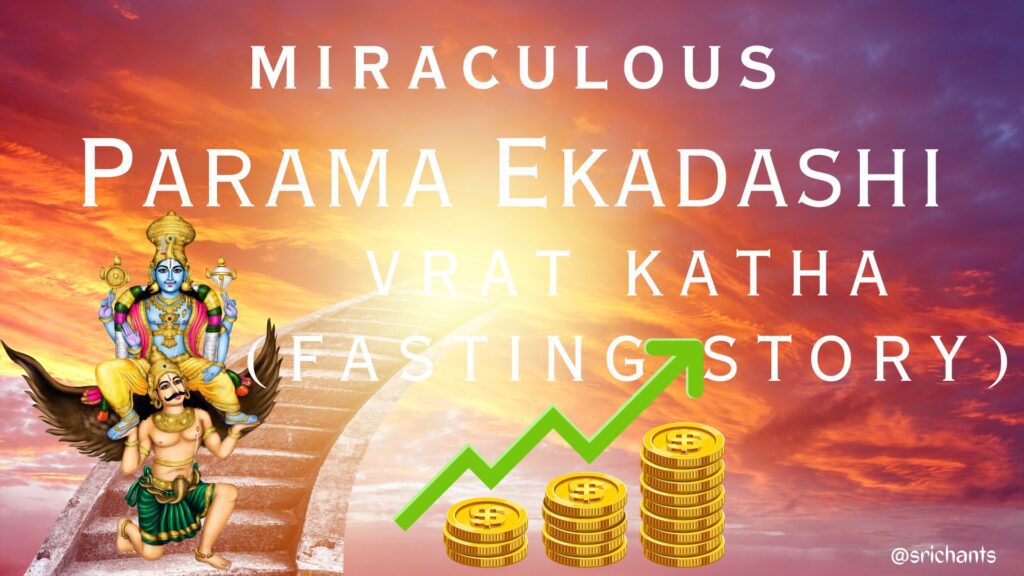The Epic Tale of Rama and Sita in Ramayana
Introduction
Placing a prominent position in Hindu mythology, the Ramayana is an epic tale of virtue, bravery, and devotion. The epicurean Valmiki is credited with penning this antiquated manuscript, which recounts the remarkable odyssey undertaken by Prince Rama and his spouse Sita. The narrative transpires within the realms of Ayodhya and Lanka, wherein Rama, supported by the formidable Hanuman and an army of devoted allies, undertakes a heroic endeavor to liberate his beloved Sita from the grasp of Ravana, the malevolent monarch. This article provides an in-depth analysis of the compelling storyline of Rama and Sita as depicted in the Ramayana, examining their virtuous qualities, obstacles, and enduring teachings.
The Birth and Early Life of Rama
Rama’s Divine Origins
The Ramayana describes Rama as anything but an ordinary monarch. He was an incarnation of the universe-preservation deity Lord Vishnu. Rama, the progeny of King Dasharatha and Queen Kausalya of Ayodhya, was destined to accomplish a momentous mission on planet Earth. His birth was a momentous celestial occurrence that bestowed the kingdom with immense pleasure and prosperity.
Childhood in Ayodhya
During his youth, Rama resided in Ayodhya, a thriving metropolis celebrated for its virtues of righteousness and harmony. He was raised under the devoted guardianship of his parents and underwent a comprehensive education encompassing tactics of diplomacy, dharma (morality), and military strategy. People admired and respected Rama on account of his extraordinary virtues, which included an unwavering commitment to the truth and compassion for all beings.
Marriage to Sita
When Rama attained adulthood, a momentous occasion arose to designate his future spouse. Rama found Princess Sita, the progeny of King Janaka, to be an ideal marriage. Sita was an individual of exceptional attractiveness, intellect, and a profound sense of moral rectitude. The nuptials of Rama and Sita were solemnized with tremendous pomp and circumstance, a union of two esteemed lineages that delighted the populace.
The Exile and Sita’s Abduction
Rama’s Exile
Drowsily influenced by a sequence of unfavorable occurrences, King Dasharatha was forced to exile Rama from Ayodhya for a period of fourteen years. Rama, in accordance with his responsibilities as a progeny, acquiesced to the exile and, accompanied by his obedient sibling Lakshmana and devoted wife Sita, ventured into the forest. They established their new dwelling in the forest, where Rama adopted an altruistic and austere lifestyle.
Sita’s Abduction by Ravana
Sita’s beauty and virtue captured the attention of Ravana, the formidable demon ruler of Lanka, while they were in exile. Ravana, motivated by his avarice and ambition for authority, devised a malevolent scheme to kidnap Sita. Ravana, assisted by his cunning disguise, succeeded in luring Sita away from Rama and transferring her to his realm in Lanka. Rama was devastated by the abduction of Sita, but he swore to retrieve her regardless of the cost.
The Journey to Lanka
Allies in the Forest
During his pursuit of retrieving Sita, Rama came across a multitude of allies in the forest who would prove instrumental in the forthcoming conflicts. Hanuman, a formidable ape warrior and devoted devotee of Rama, was among them. Hanuman’s boundless devotion, enormous strength, and steadfast loyalty rendered him an indispensable asset to Rama. In addition to Hanuman, Rama established alliances with the Vanara army, an intelligent and formidable tribe of primates.
The Construction of the Bridge
In order to locate Lanka, which was inaccessible from the mainland due to the immense ocean, Rama sought a means of traversing the water. Under the direction of the divine architect Nala and with the assistance of the Vanara army, Rama oversaw the construction of the magnificent “Setu” bridge. Connecting the mainland to Lanka, this bridge was constructed of stones bearing the inscription of Rama, which caused them to float on water and allow the army to advance.
Hanuman’s Heroic Leap
Hanuman, an obedient ally of Rama, assumed a critical role in the voyage and mission. Hanuman was endowed with superhuman strength and the capacity to metamorphose his stature at will. Hanuman, in an act of extraordinary valor, executed a bold leap across the ocean in order to reach Lanka. In addition to demonstrating his unwavering devotion to Rama, his extraordinary deed also laid the foundation for the final confrontation with Ravana.
The Battle and Victory
Rama’s Army and Strategy
Rama’s army, which consisted of the Vanara tribe and other celestial entities, was a formidable adversary prepared to engage Ravana’s army in combat. Rama, by virtue of his astute strategic acumen and resolute resolve, formulated a scheme to vanquish Ravana and secure the return of Sita. His army was organized into distinct divisions, each under the command of a proficient warrior, and he devised a methodical strategy to guarantee triumph.
The Epic Battle
The confrontation between the armies of Ravana and Rama was a titanic and vicious one. The warriors of Rama exhibited remarkable bravery, employing their weapons deftly and engaging in combat with resolute determination. Although formidable, Ravana’s army was insignificant in comparison to the righteousness and divine favor that strengthened Rama’s side. A spectacle of flying arrows, mystifying weapons, and the collision of mighty warriors descended upon the battlefield.
Rama’s Victory and Sita’s Rescue
Rama’s resolute resolve, in conjunction with the assistance of his devoted allies, ultimately culminated in triumph. During the decisive combat, Rama faced Ravana and emerged victorious, using a solitary arrow to vanquish the malevolent ruler. After Ravana was vanquished, Sita was liberated from captivity by Rama, who embraced her with deep affection and relief. The culmination of the protracted and arduous expedition signified the triumph of righteousness over malevolence.
The Return to Ayodhya
Reunion and Rejoice
After Sita was liberated and Ravana was vanquished, Rama was ecstatic beyond measure. As the word of their impending return rapidly disseminated, the citizens of Ayodhya anxiously anticipated the return of their esteemed prince and his exemplary queen. The streets were adorned with lamps and flowers, and the air was filled with melodies of jubilation and appreciation as Rama’s army returned to Ayodhya.
Coronation and Reign
The kingdom opulently celebrated the reinstatement of Rama’s virtuous rule upon their return to Ayodhya; it was the return of their cherished prince. After Rama was anointed as the legitimate monarch, Ayodhya flourished with prosperity, harmony, and justice under his benevolent rule. During his reign, Rama established a model of virtuous governance that endured for future generations.
Lessons and Legacy
The Importance of Dharma
The Ramayana’s narrative of Rama and Sita underscores the importance of dharma, which refers to the virtuous way of living. Rama’s resolute dedication to dharma, notwithstanding the challenges he encountered, functions as a source of motivation for those aspiring to live a morally upright and purposeful existence. The significance of adhering to dharma in preserving societal harmony and order is elucidated in the Ramayana.
The Power of Love and Devotion
The resolute affection that Rama has for Sita and the inexhaustible devotion of Hanuman to Rama exemplify the profound impact that love and loyalty can have. Their enduring connections stand as a testament to the power of relationships and the capacity of love to triumph over any challenge.
Resilience and Perseverance
Rama and Sita’s voyage in the Ramayana exemplifies the strength of fortitude and persistence. In the face of insurmountable obstacles and setbacks, they maintained an unwavering determination to achieve righteousness and achieve their ultimate objective of reunification. Individuals who are confronted with their own challenges and hardships can draw inspiration from their resolute determination.
In summary, the narrative of Rama and Sita as depicted in the Ramayana is an enduring epic that continues to engross and intrigue audiences. It imparts profound teachings on virtues such as righteousness, devotion, love, and the ultimate victory of good over evil. The transcendent ordeal of Rama and Sita, encompassing their virtuous deeds, formidable obstacles, and resolute dedication to dharma, continues to galvanize individuals throughout the ages. The Ramayana serves as an illuminating beacon, instructing readers on how to live a life characterized by benevolence, compassion, and steadfast commitment to moral rectitude.
